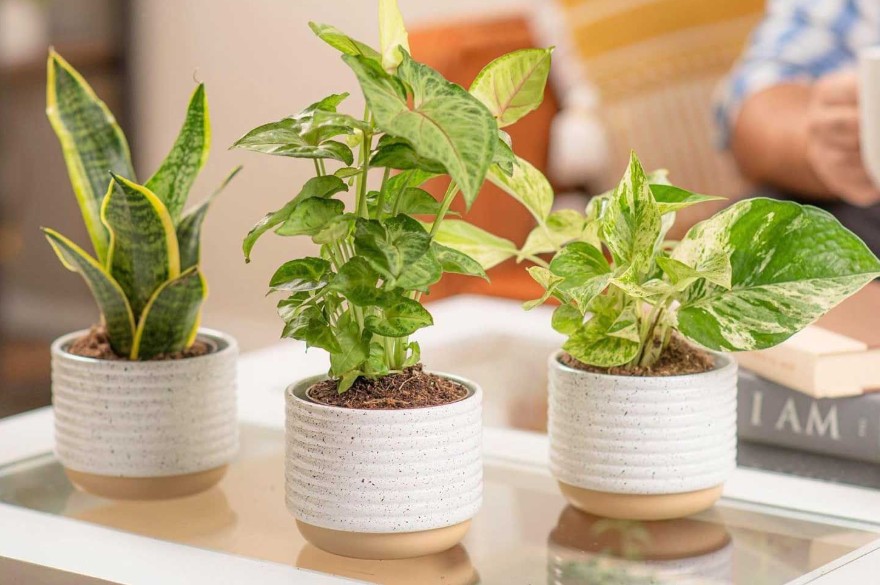Gather up your tools and get dirty for National Gardening Day!
If you’re looking to create your own garden, here are some tips to help you get started:
1. Location, location, location
Starting a garden is all about location. Place your garden in a part of your yard where you’ll see it regularly – that way, you’ll be much more likely to spend time in it.
2. Follow the sun
Pay attention to how sunlight plays through your yard before choosing a spot for your garden. Most edible plants, including many vegetables, herbs, and fruits, need at least six hours of sun in order to thrive.
3. Choose the right plants
It’s important to select plants that match your growing conditions. This means putting sun-loving plants into a sunny spot, choosing heat-tolerant plants in warm climates, and giving ground-gobbling vines like pumpkins and melons ample elbow room (or a trellis to climb). Do your homework and pick varieties that will grow well where you live and in the space you have.
4. Discover your zone
5. Frost dates
6. Water source
One of the best gardening tips you’ll ever get is to plan your new garden near a water source. Make sure you can run a hose to your garden site, so you don’t have to lug water to it each time your plants get thirsty. The best way to tell if plants need watering is to push a finger an inch down into the soil (that’s about one knuckle deep). If it’s dry, it’s time to water.
7. Pick your soil
When starting a garden, invest in soil that is nutrient-rich and well-drained.
8. Consider containers
Don’t have enough gardening space? You can grow many plants in pots, including vegetables, herbs, flowers, fruit trees, berries, and shrubs. When gardening in containers, use a pot that’s large enough for the plant it’s hosting.
9. Add some mulch
Apply a layer of mulch that’s 2 to 3 inches deep around each plant. This will help reduce weeds by blocking out the sun, and reduce moisture loss through evaporation, so you have to water less. You can put down straw, shredded leaves, pine straw, or some other locally available material.
10. Feed plants regularly
Give your soil a boost of high-quality nutrition for your plants. In other words, amazing soil + top-notch plant food = super garden success!







